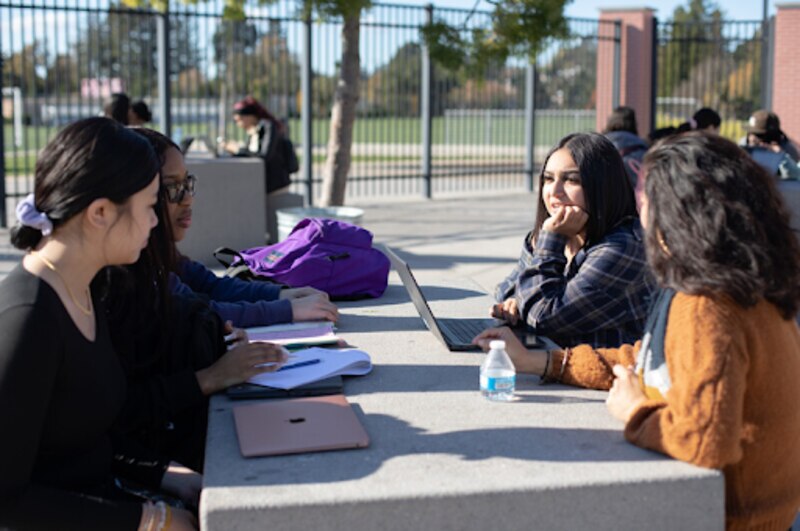The decision to pursue a postsecondary degree is one of the most consequential a high school student will make. Committing to testing, researching schools, submitting applications, and securing financial aid all amount to an intense, time-consuming process that can shape students’ futures. So why, after all that work, do 10-40% of students stop short of attending their first day of college classes?
Enter the dreaded “summer melt.” The three-month period between high school graduation and the first day of college enrollment can be full of pitfalls, especially for first-generation students and students from low- to moderate-income households. Despite registering for classes and showing every intention of beginning college, a significant number of students melt away over the summer.
“I take down their personal email and just try to have multiple ways to communicate with them. I make sure I have several phone numbers or maybe even add them on social media if they feel comfortable,” said Tania Valencia, a teacher at Digital Arts & Cinema Technology High School in Brooklyn, N.Y. Valencia teaches the OneGoal class to juniors and seniors at her school to prepare in part for this critical transition between high school graduation and the first day on their postsecondary pathway.

OneGoal is a national postsecondary access and success organization working to close the degree divide between students from low-income communities and their high-income peers. After high school graduation, teachers like Valencia continue postsecondary advising during the summer and through the critical first year of higher education, which takes some adjustment. Students “need to feel comfortable enough to share with me without fearing they’ll disappoint me,” Valencia said, “ and if they come up against trouble I want them to understand I’m not your parent, I’m no longer your teacher, I’m here to mentor and advise you, so come to me and let me find a way to support you.”
The causes of summer melt include financial shortfalls, losing access to guidance counselors, a lack of generational knowledge about navigating postsecondary enrollment from family members, missing deadlines outlined in emails or mail from their postsecondary institution, and losing track of important documents.

Even minor setbacks can have devastating consequences for students. So, how can parents, teachers, guidance counselors, and community members ensure that vulnerable students avoid summer melt?
Create a summer checklist
Make a spreadsheet with columns for action steps, due dates, and links to resources or phone numbers needed to complete each task. Action steps might include having the student snap and send you a photo of their FAFSA award letter, signing into their postsecondary institution online account and completing their profile, signing up for orientation, checking their college email, sending final high school transcripts, and registering for classes. Having a checklist can help break the process up into smaller, attainable steps.
Consistent communication
Texting is one of the most effective ways to reach students, but as Valencia said, “It can be easy to lose touch, so I always have a backup, whether it’s dad, mom, or a close friend.” Using the students’ summer checklist, set reminders based on the deadlines to touch base via text, phone call, or direct message over social media with consent from the student.
Address mental health concerns
The lingering effects of the pandemic have added new layers of difficulty for students and depression, anxiety, and severe mental health disorders are on the rise in schools across the United States. “It’s even harder now, so I come ready with mental health tips or guidelines for students who are showing signs of depression,” said Valencia. Lack of sleep, excessive screen time, and disconnection from social supports can compound these existing mental health concerns, and it’s important for students to have adults they can confide in. Know your limitations, however, and be ready to refer students to a trained therapist or counselor if they need extra support.
Students disproportionately at risk of melting over the summer need trusted adults to help get them to day one of their postsecondary journeys. While organizations like OneGoal partner with educators to effectively support students, social support from friends, family, and community members are key components in a young person’s path to postsecondary enrollment, persistence, and graduation.
Chalkbeat’s editorial staff had no role in writing or preparing this paid content. Learn about our sponsored content policy.


